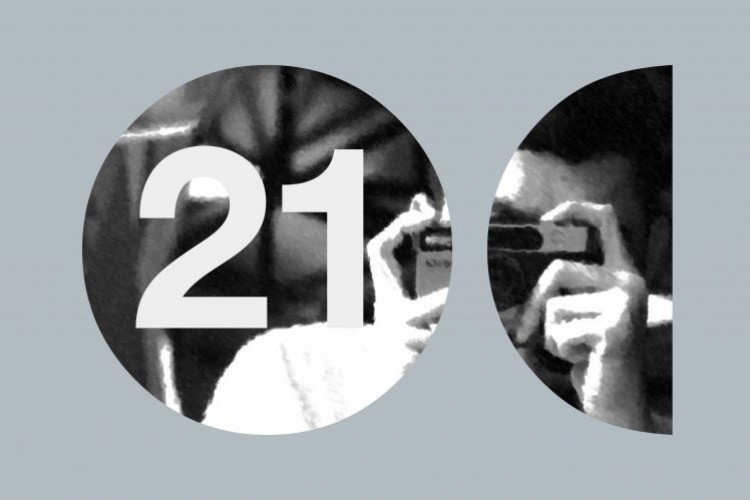Design Education with Yongky Safanayong
Athina Ibrahim (A) talks with Pak Yongki Safanayong (Y)
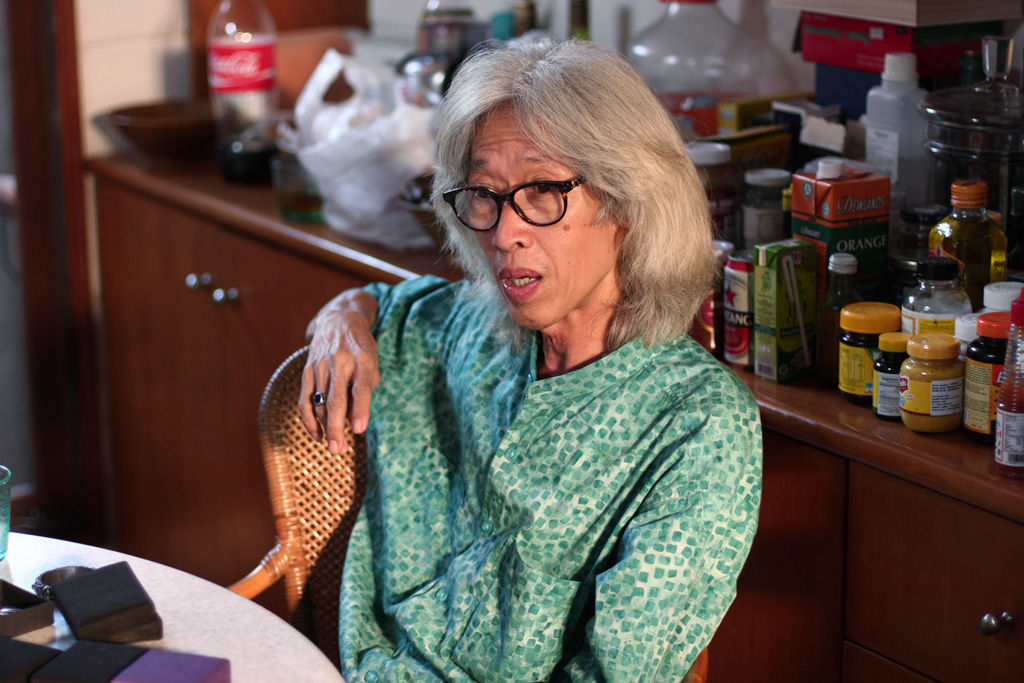
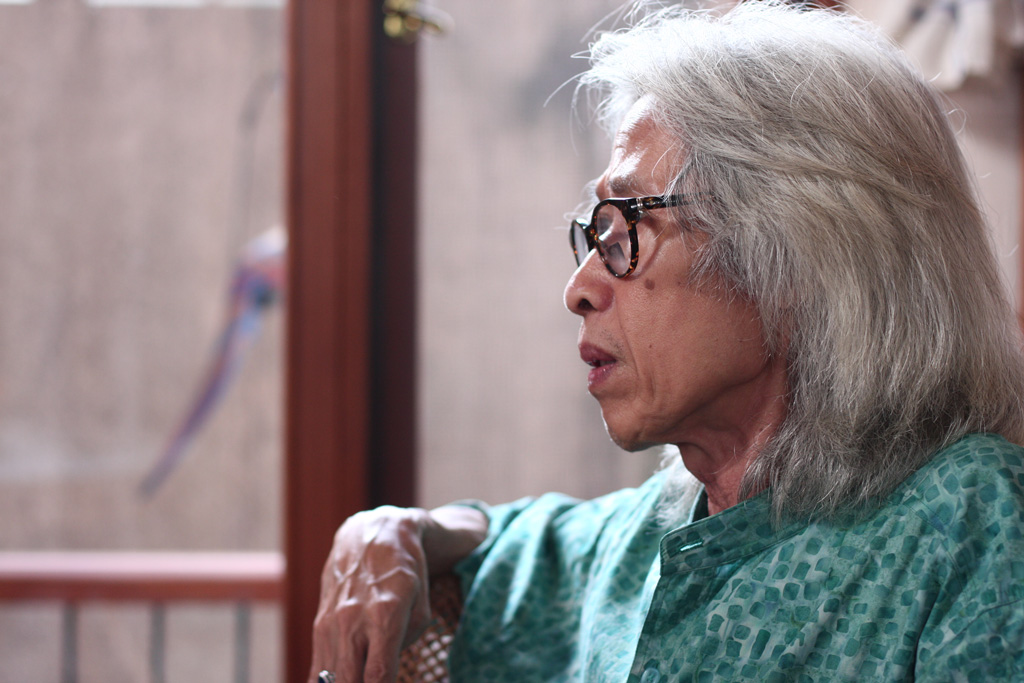
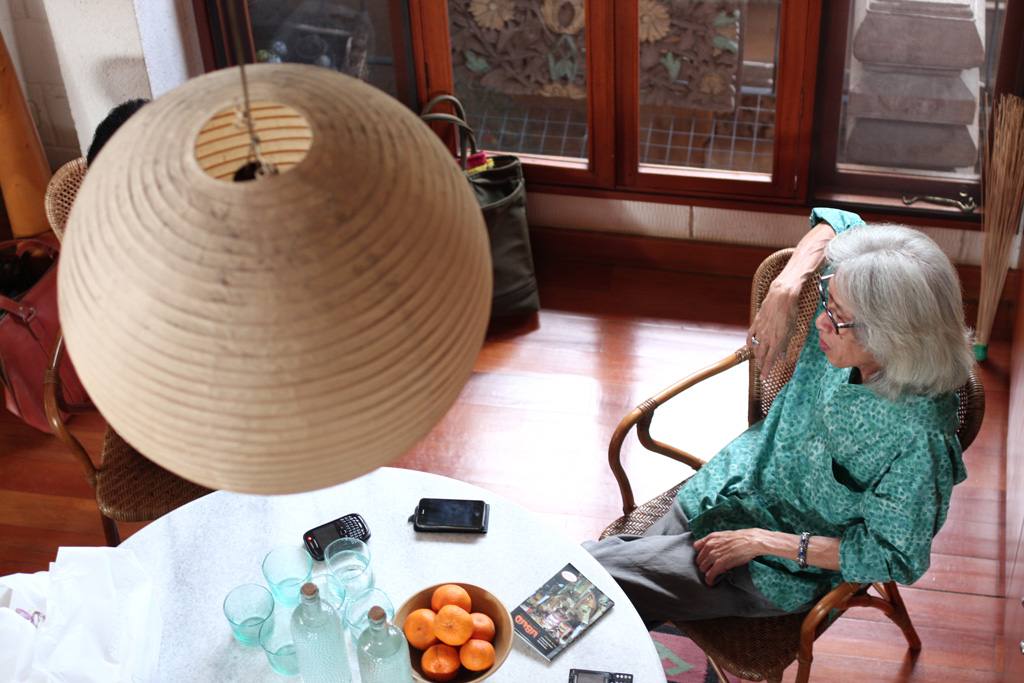
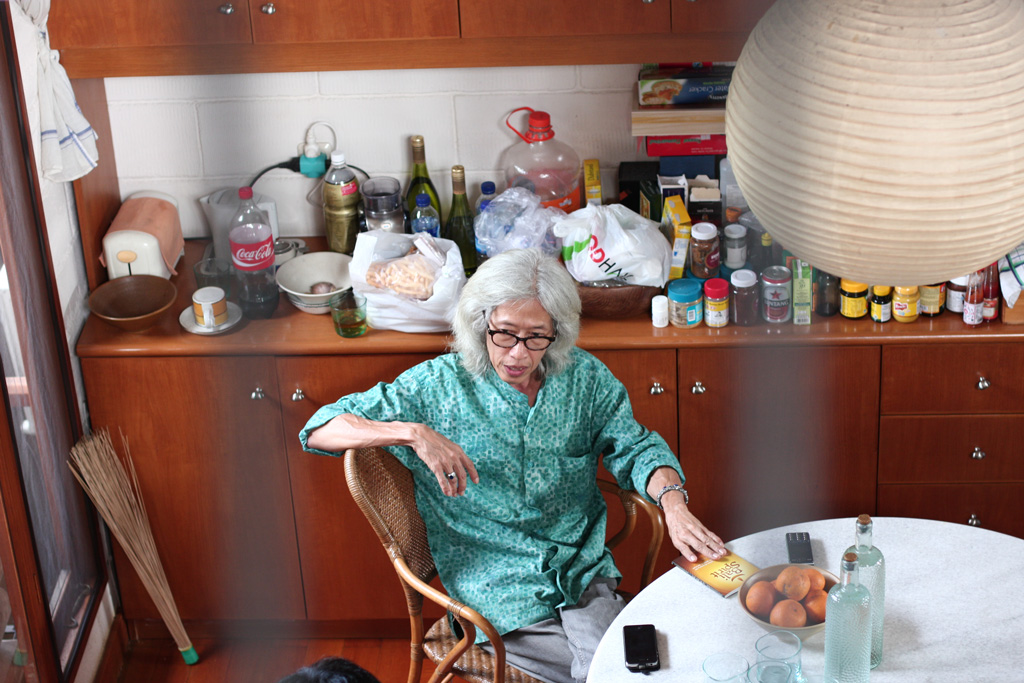
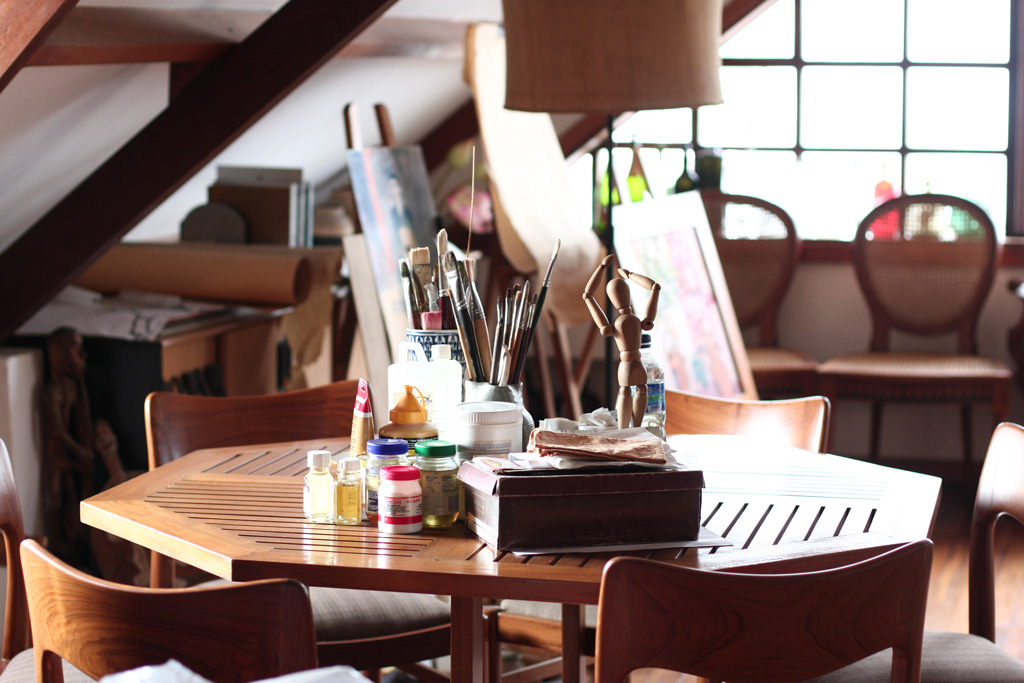
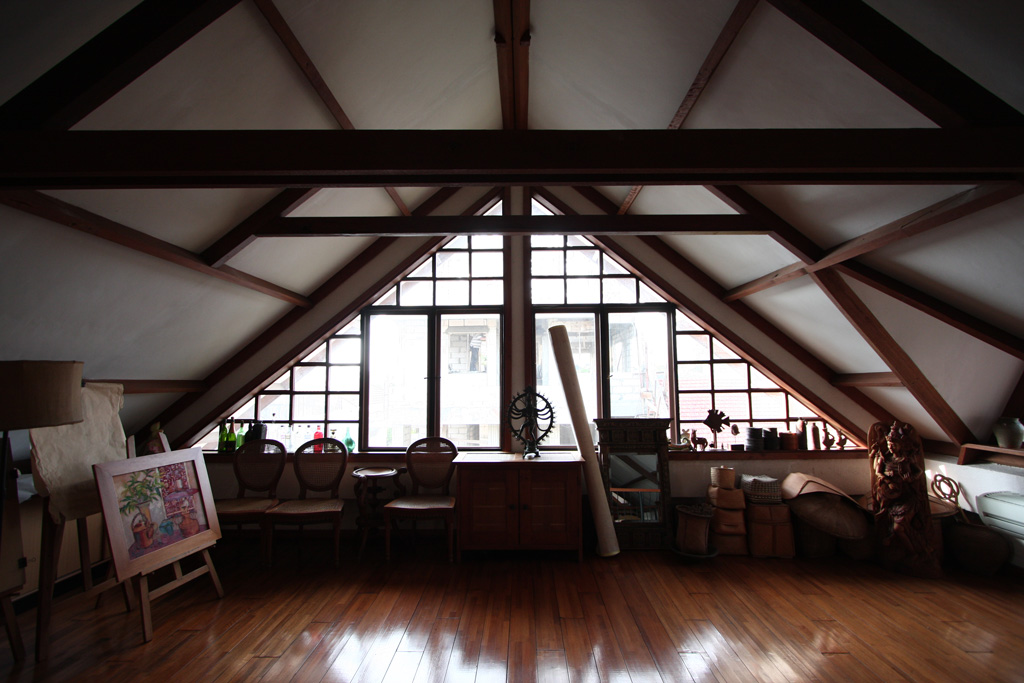
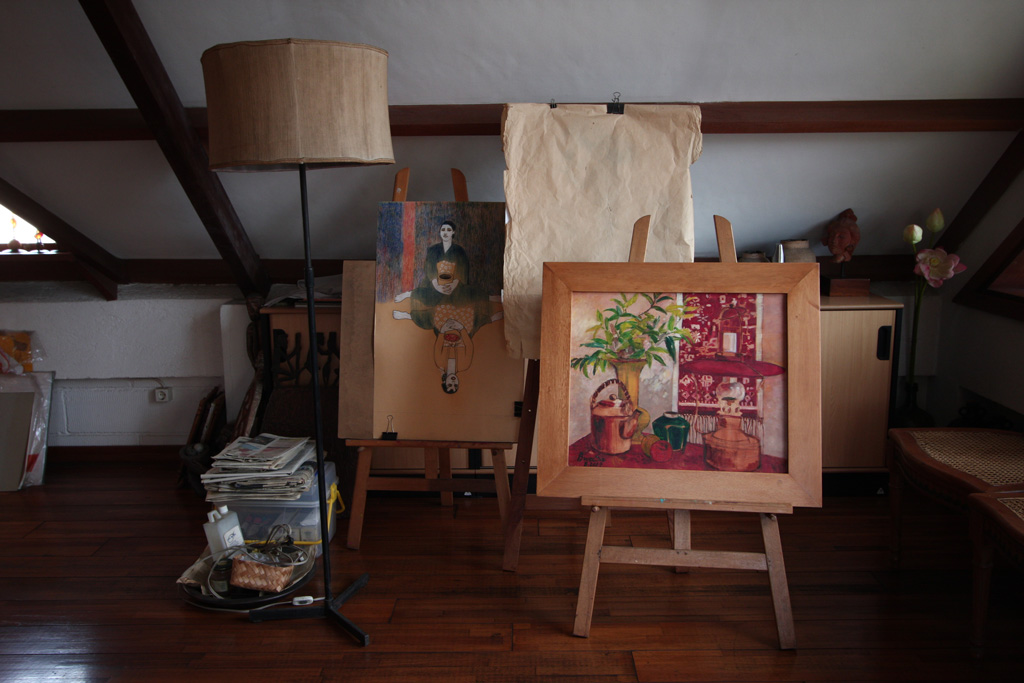
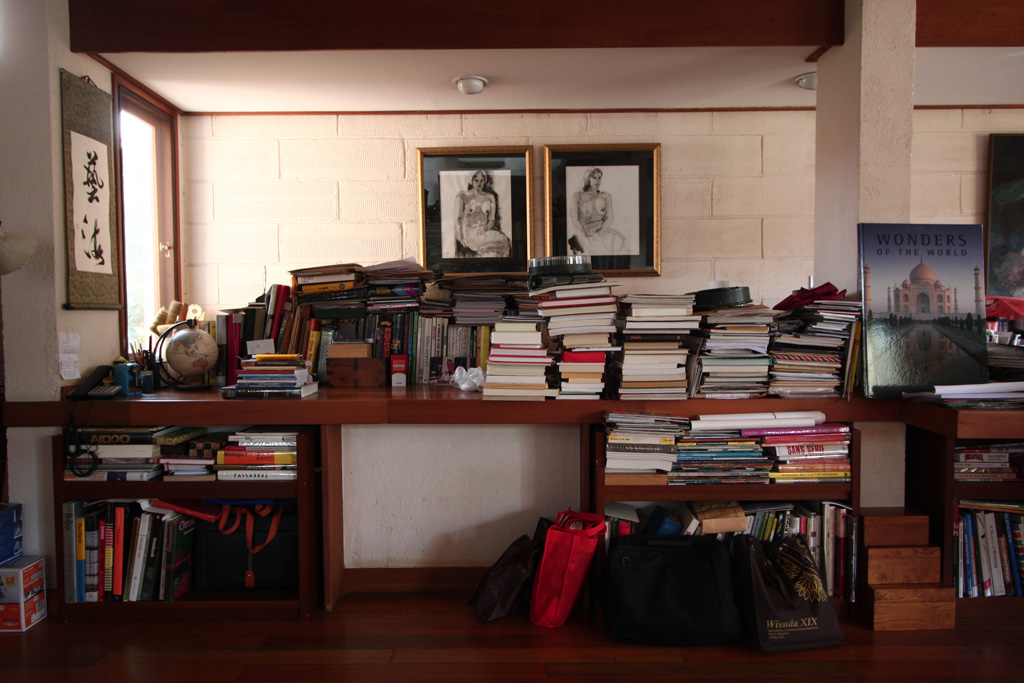
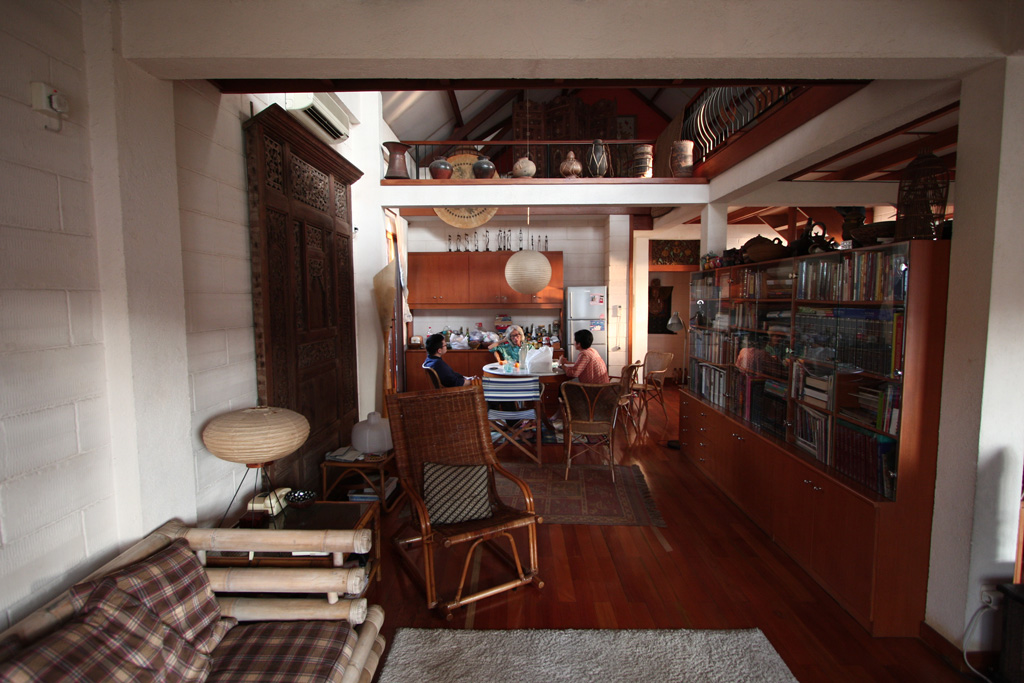
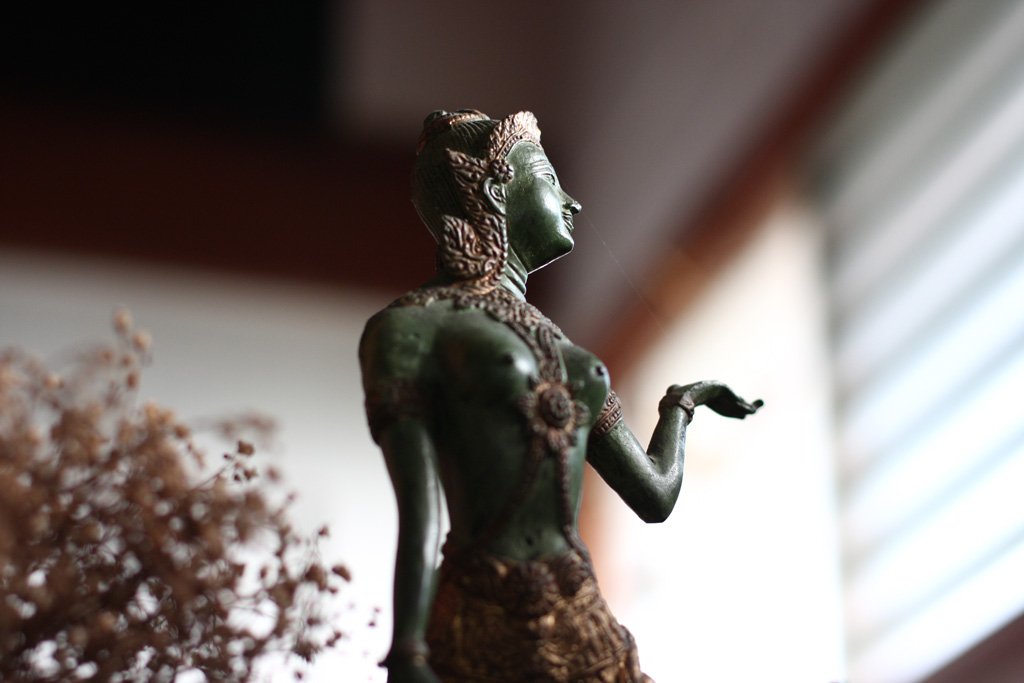
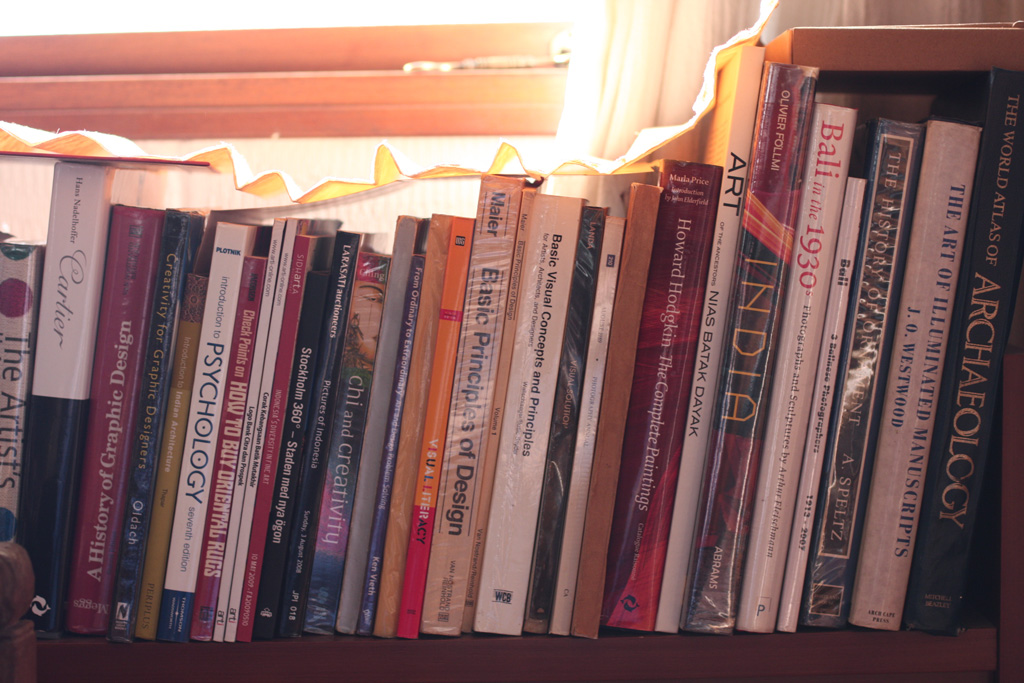



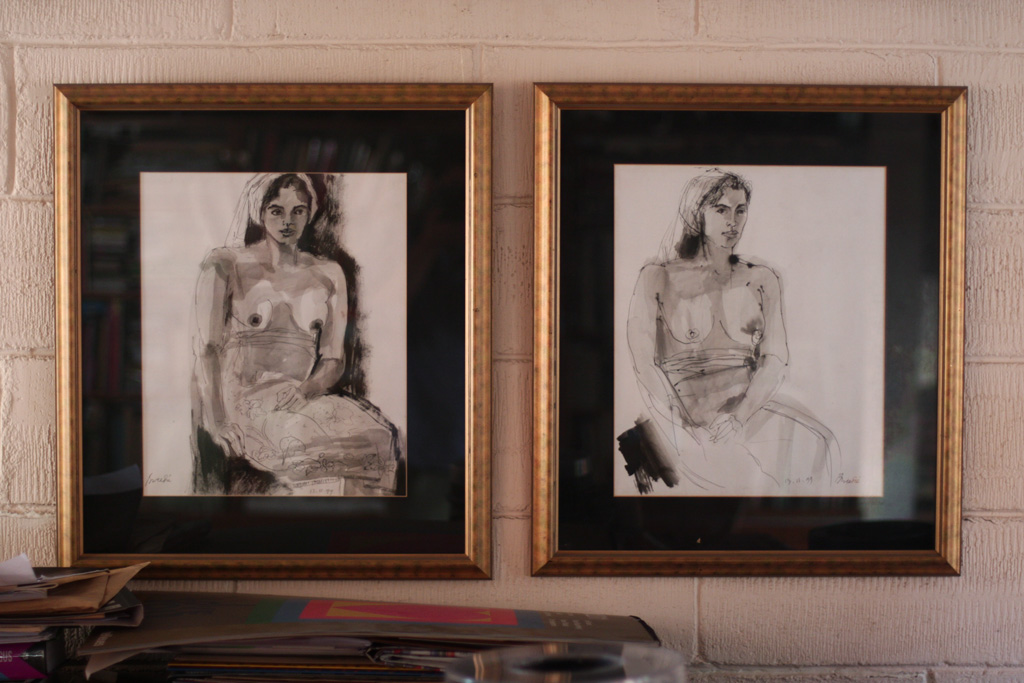
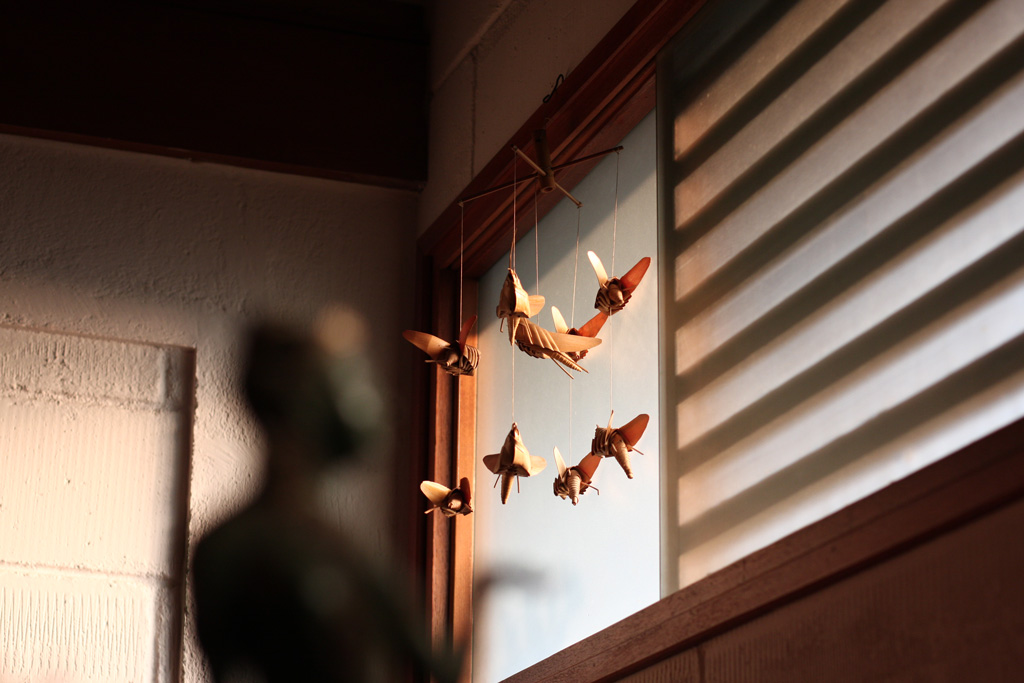
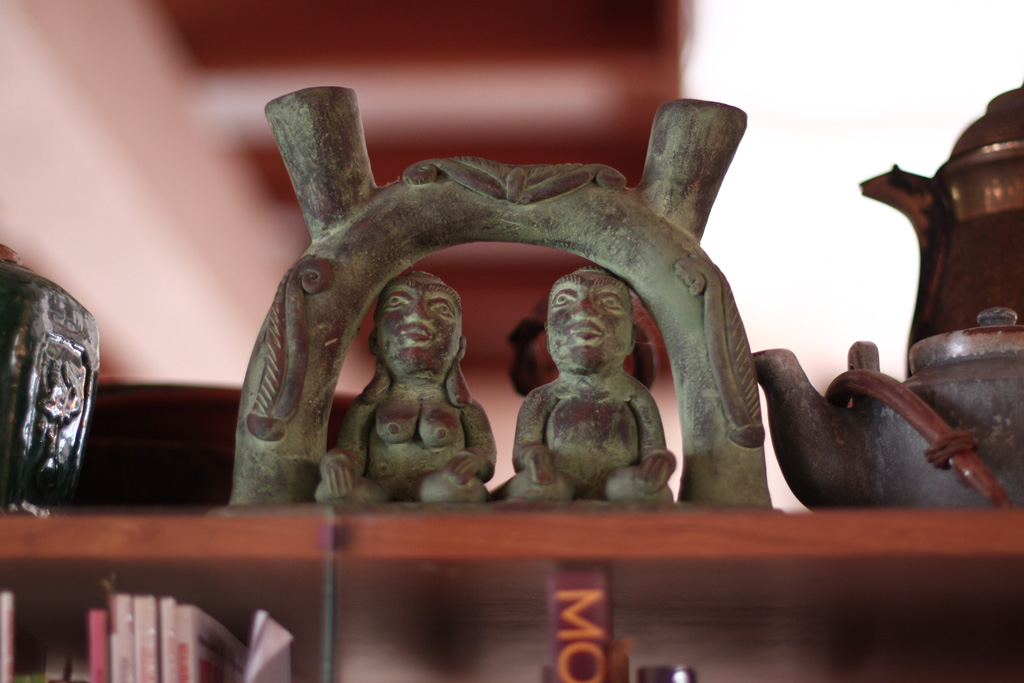
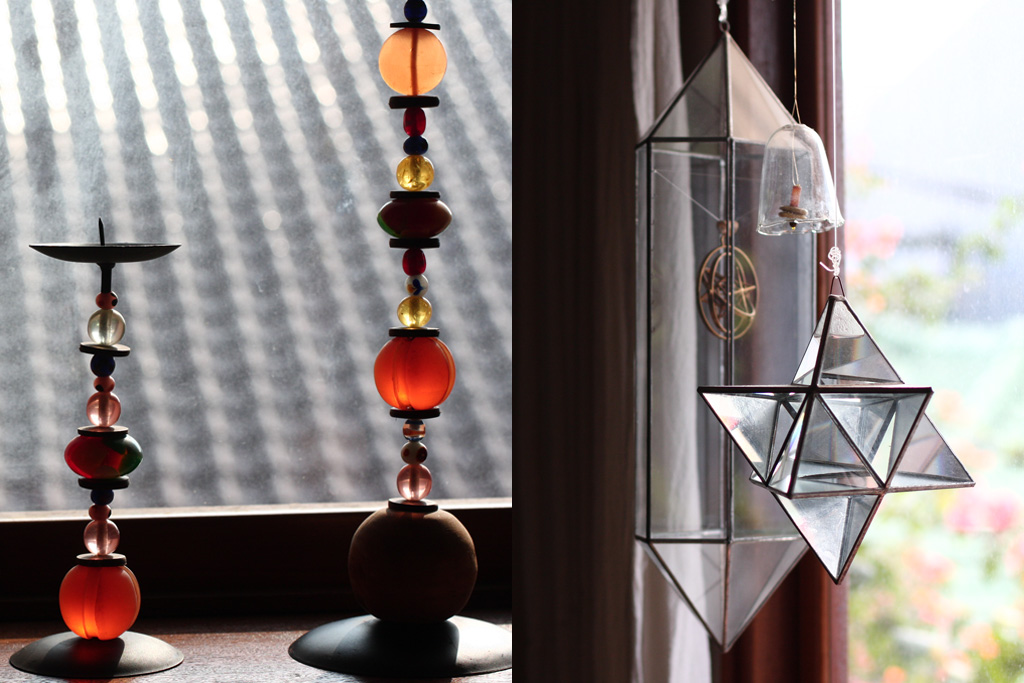
A
Can you tell us a little bit about your background?
Y
My background is in industrial design. Therefore, I have a broad perspective about various design principles. I studied graphics, products, interiors, textiles, and furniture. The design world in the 1970s was different to how it is now. Design school then took a minimum of 6 years. It was perceived to be without limits. Now it has changed due to educational reformation, where design is more narrowed and focused.
I can talk about design in an educational sense because of the demands of my field. I think designers need to have the capability to understand all aspects of design. It is difficult for me to look at design without boundaries. Because of my background, from industrial design (during university), interior design to graphic design, I cannot put a strict line between them.
A
If we could back up a little, could we discuss about your interest in design?
Y
My original intention was to be an artist, a painter to be exact. The interest of design only derived from differing taste and appreciation. To me, design has to be a medium to support human beings. There is design to cater to what is needed, wanted, or merely for fun. So it depends on the individuals themselves.
I was always interested because for me design is spiritual, always growing and changing in accordance to not only the times.
A
What do you mean when you said “design is spiritual?”
Y
We design for human beings. With design, we think about the surrounding environment and our interaction with one another, to me, this is the spiritual aspect of design. God also gave us the talent to design, which contributes to this spiritual sense.
In design, we were taught to use our senses, our mind, as well as our interaction. Do you think there are other disciplines that carry all these aspects? Design is a study that has it all. There is a sense of ownership and responsibility. Design is an interdisciplinary discipline and a cross-cultural one, too.
A
You were a practitioner before went into teaching?
Y
Yes. I still do both. I practice, then theorize.
A
How did you end up on the academic side of design?
Y
It felt like a calling.
I feel I had to share the experience to as many people as I can. That’s where I really understood the word ‘ibadah’, if we have the knowledge to share, we should share.
A
How did people perceive and understand design when you first started?
Y
Growing up, I always felt design was very much appreciated. I don’t think I was ever disappointed. I had no problem in practice or in education. In fact, I have always felt I had a calling to go deeper and teach design. I was often commissioned to work for clients but have chosen to be a teacher since 1980.
A
What is the message you intend to share through design education?
Y
Attitude. I think a great designer without a good attitude is nothing. They need to realize that our discipline has a spiritual responsibility. A well-paid job is not enough. Even if you graduated from a good school or have a good job, it wouldn’t signify your success. A designer’s success is determined by the individual’s cultural sense. Have they maintained integrity in the eyes of God? Designers need to think about others for the sake of improving the human existence. What we have received is a gracious blessing. Without it, we are nothing. Which is why we need to give it back.
This has always been my obsession in education, more so, a challenge for the students to never be content and keep working and pushing boundaries.
A
How do you encourage this attitude among your students?
Y
Process. You need process in teaching. Nothing is created in an instant. We were in our mother’s womb before were brought into this world. That is also a process. Anything that God has created has a process. Only the technology we created are instantaneous. In the end, the result is temporary. People get bored and people cannot focus. If we have a strong foundation, we will be able to get through.
I am always fighting for quality over quantity.
By nature, our country has a tendency to look for all things instant, and this has a correlation with our education system and our idea of design. These are the responsibilities of teachers, leaders, and parents. Students are never to blame. If a student fails, I always feel as though I have failed them. This is what I want to challenge to any professor and teachers. I expect every one of us to move forward hand in hand.
As students, I don’t think competition is not suitable for our culture. For me, I see that competition will fit more to other culture that embrace individualism. Our society is a collective one, we embrace togetherness, we can see that in our mutual cooperation culture. I’ve never liked the word “competition.” Why not focus on comparison instead? I was really irked by a statement made in 2000, “In facing the new millennium, the competition is getting tighter,” and I thought to myself, “What are we and who are we competing against?” Instead of competing, why not focus our efforts on our strength and weaknesses?
A
You mentioned how our culture strongly influences our behavior. How do we cope with negative influences?
Y
Everything is a challenge. I truly believe with optimism we can overcome anything. Never back down when challenges arise.
There is always a solution for anything in this world. Back when I graduated, I read a biography by Anwar Sadat where he stated, “One day a man will face an unfathomable challenge but through faith there are a thousand and one ways to get out.” Believe that. Everything has a solution. In fact, we were given challenges to help develop and refine us.
We shouldn’t look for stability. We must keep on going and growing until the day we die.
A
You once wrote about the idea of Good design vs. Right design. Could you elaborate more on that?
Y
To me, good design is what we call good design. Good comes after right. Truth is more logical and commercialized. Good is subjective, not objective. We have to do both. We can’t chose one or the other. Once I was challenged by the idea of good and right design. What is the difference? Now have the tendency say good design, but how many talk about right design? or talk about ethical design?
Before good design we must do the right design. It would be a special case if you can do both. I’ve sought the answer to the question of what is good design from renowned designers. I was given a list of Good Design according to Dieter Rams, a German maestro of product design. There were 10 statements. People can either appreciate his ideas or reject it. That is the nature of design. Now let’s look at design that wrecks ecosystems; lifestyle is one of them among many others. They don’t care. That is not good design, they act recklessly unbound by responsibilities. Design has to have responsibilities. It is responsible for growth, humans and environment interaction.
A
Now, lets talk about design education in Indonesia. I’ve met a few designers here who have expressed their disappointment in the design industry of Indonesia. What is your opinion about that?
Y
I do not fully agree. I have met a designer in Bali and he was angry because his craft in Italy was copyrighted. He returned back home and couldn’t do anything.
I asked him, “Why do you have to be mad?” He didn’t understand the concept of place and time. He can’t compare the workings of Indonesia and Italy to be the same.
I follow Hindu concepts called Desa, Kala, Patra. Desa is place, Kala is time, and Patra is conditioning.
This is a model we have to follow. It states that we should not force it. This is not America, Italy, or China. After all, this is Indonesia with all its shortcomings. We must accept it. Sometimes we don’t think this way and it is our own fault. If you are still unsatisfied, then free yourselves from our own prison.
In 1985, I was disappointed. I left Japan in awe of how advanced they were. I was so disappointed that I didn’t want to teach in 1985. I was on a hiatus for a long while. But then I realized that I am in Indonesia, not in an advance countries who are 50 to 100 years ahead of us. It is crazy for us to think that way — especially people who came back from America after two to three years and demand that Indonesia be like America. It doesn’t mean that I accept what is bad. We just have to start with ourselves. There hasn’t been anything big that didn’t start from something small. It’s up to us to keep going. That is Desa, Kala, Patra. We shouldn’t force ourselves to be like the others.
A
Do you feel like design education here favors practice rather than theory?
Y
Design practice and theory have always been a dichotomy I have pondered over. Schools are normally into theory. But I don’t really place much focus on it. My opinion is, if a kid is more inclined to philosophical theories, then so be it. There are, however, students, who are more pragmatic. There are two things in the world of education, a philosophy and pragmatism.
Institut Teknologi Bandung (Bandung Institute of Technology) is geared more towards philosophic approaches. Go into debate with them for days and nights and they will still come out the winner. Another is Binus (Bina Nusantara University), maybe their students are more pragmatic. So how about Universitas Pelita Harapan (Pelita Harapan University)? In my opinion, let them be because it is not a problem. As a society we are making it seem like a major issue when it’s not.
Most parents of UPH students are merchants and businessmen; they don’t like to read, theorize, or debate. They would work and work. It doesn’t matter what it is as long as they can sell their work. You can’t put them on the same playing field. If they are all philosophical, who will be the pragmatic ones? That is the dilemma.
I turn out to be a pragmatic being. Only because of my calling to teach, I started to read a lot of books.
There is a bridge between the two. We have to try to bridge the gap so that it’ll be as close as possible. And it’s also impossible if there were no bridge between the two approaches. In the case in which the bridge is too far, then we would blame the teachers and their inability to teach. Sometimes they use books that are prehistoric. It’s difficult.
A
What sort of books have you been reading recently? And what are your current obsessions?
Y
Right now, I am obsessed with combining two approaches to design. The first one is the philosophical approach — that is, the idea of design as a human construct. And the second is the instinctive approach, which, as opposed to the philosophical one, relies heavily on the natural human reaction to design.
As for books, I am currently into design strategy. If we were to talk about strategy, we usually only talk about planning, but that is not all. A lot of people talk about strategies, but they never think of how to execute them.
I am currently collecting design strategy books from China and Japan, eventhough I don’t understand the language. In fact, it all comes back to attitude. Look at Japan’s progress, they have the mentality to look ahead and keep asking themselves to focus on what’s next.
A
What can you say about the mentality of Indonesians?
Y
We are easily satisfied and quickly complacent with our place. Even old people shouldn’t feel complacent once they’ve achieved a established position. Attitude. That’s one. It all begins with education.
I want to start with elementary school. The most important phases of education are the elementary and middle school levels. High school is not important because who cares if they want to be messy or rebellious. Let it be. They are going through puberty and once they are done they will be good again. Let’s fix the elementary and middle schools first.
Let’s start with the roots. My experience is with the process. We don’t educate students about design from a young age. But I don’t blame anyone. Our priority is to feed our people rather than design.
A
In the future, are there areas that you would like to see us focus on?
Y
The design education has to be reformed and upgraded through individual teachers. Students are in the dark. We cannot blame the students. These teachers have the responsibility to think about the future and their role in preserving and cultivating the arts and culture of this country.
I think Indonesia is great. Really great. I don’t think that Indonesia is left behind. What are we behind on? Rather I think there are a couple areas that we have a leg up on the next. Now lets push the areas we are ahead on and repair the few weaknesses that we have. Honestly, how long has Indonesia been developed compared to England, who started in the 19th century, while, we Indonesia started in the 1960s. Clearly, there is a big gap. With this deficit, we cannot just say “Well, we are too far behind, forget it.”
We need to keep on improving.





